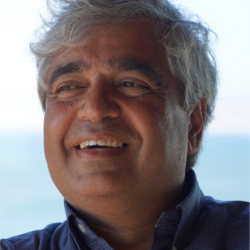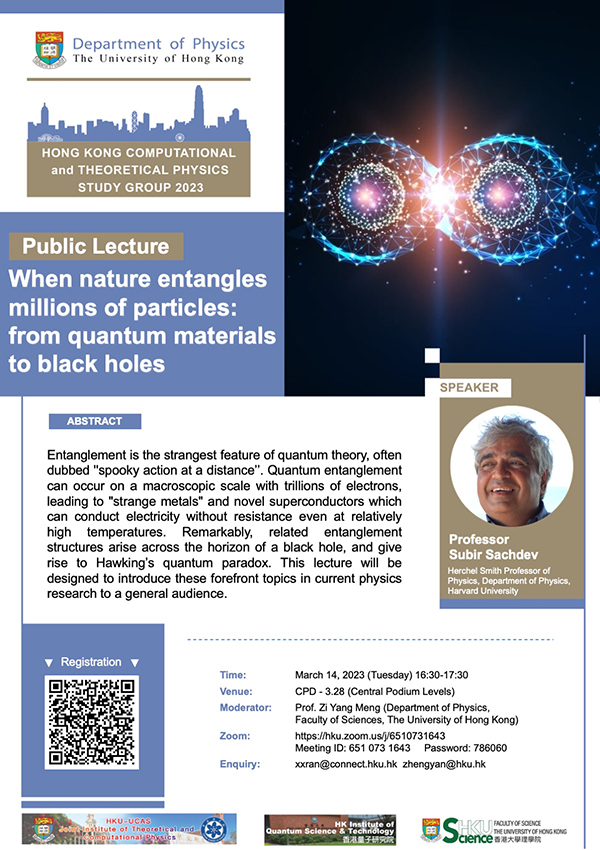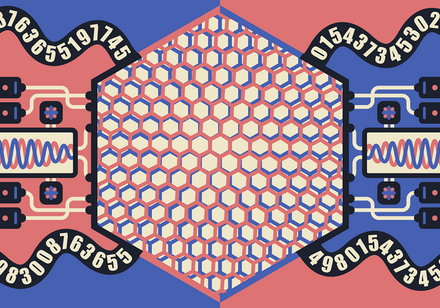Speaker Professor Subir Sachdev
Herchel Smith Professor of Physics, Department of Physics, Harvard University
Subir Sachdev is Herchel Smith Professor of Physics at Harvard University specializing in condensed matter. He also holds a Distinguished Research Chair at the Perimeter Institute for Theoretical Physics. He obtained his Ph.D. from Harvard in 1985. He was a Guggenheim Foundation fellow, and received the Apker Award from the American Physical Society. He was elected to the U.S. National Academy of Sciences in 2014, and received the Lars Onsager Prize from the American Physical Society and the Dirac Medal from the ICTP in 2018.
Sachdev's research describes the connection between physical properties of modern quantum materials and the nature of quantum entanglement in the many-particle wavefunction. Sachdev has made extensive contributions to the description of the diverse varieties of entangled states of quantum matter. These include states with topological order, with and without an energy gap to excitations, and critical states without quasiparticle excitations. Many of these contributions have been linked to experiments, especially to the rich phase diagrams of the high temperature superconductors. He is the author of the book Quantum Phase Transitions (Cambridge University Press, 1999). In recent years, he has applied the AdS/CFT correspondence to describe strongly interacting phases of quantum matter.





